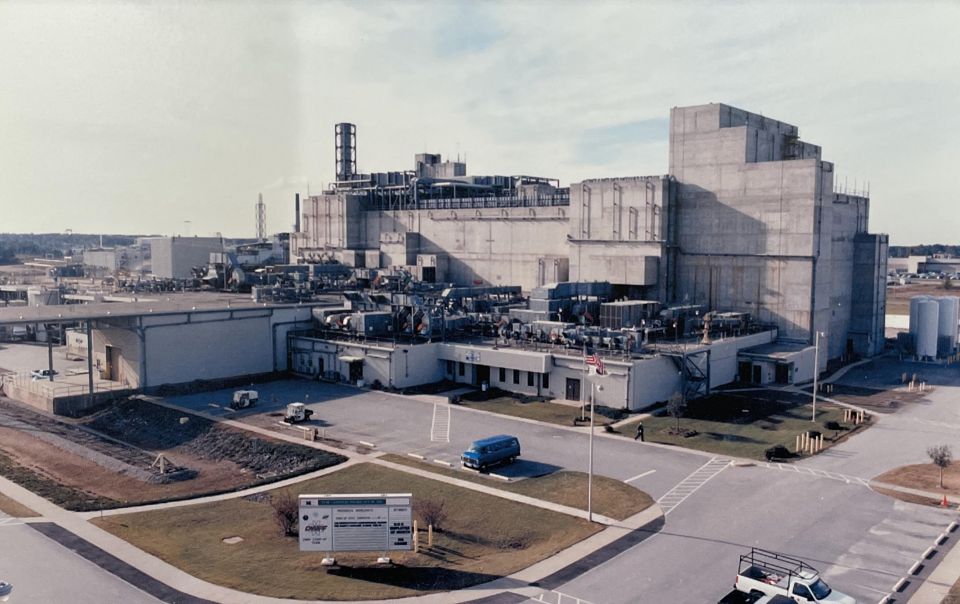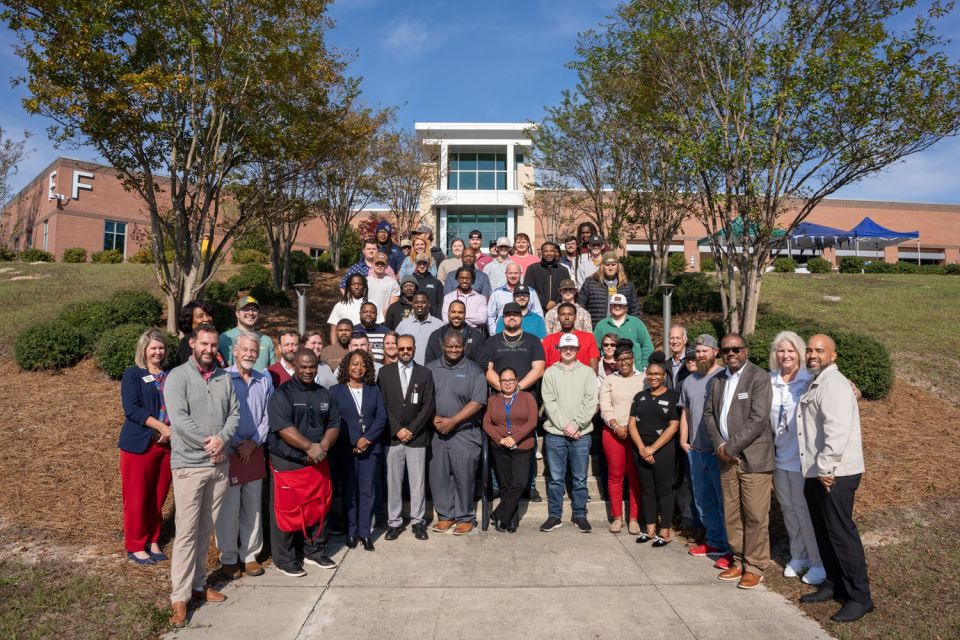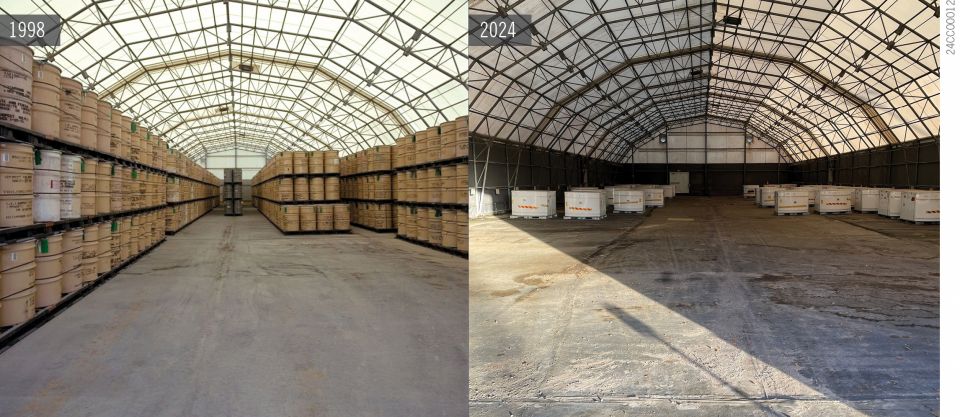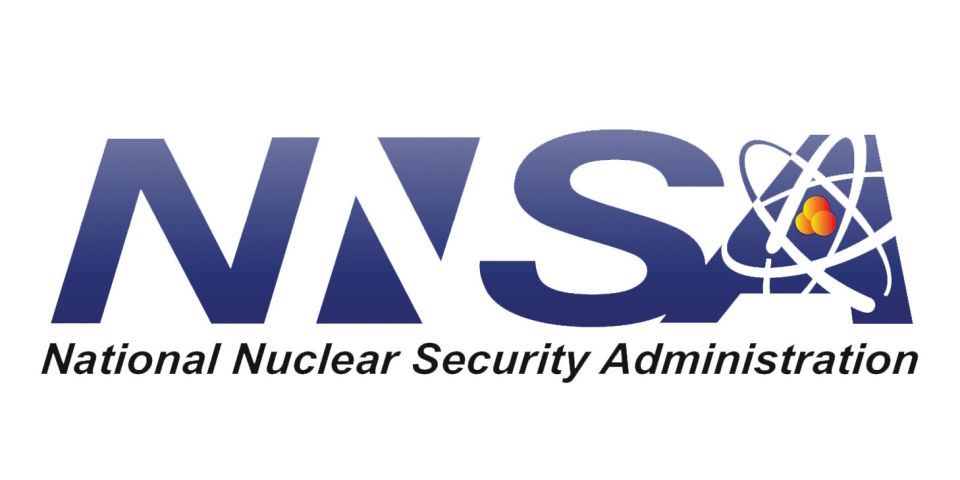After months of troubleshooting, SRS system gets a new component

Workers at the Savannah River Site have recently completed the replacement of a piece of equipment that the Department of Energy said in a July 31 press release is “essential for operations in the site’s H Canyon chemical separations capable facility.”
The equipment in question, a general purpose evaporator (GPE), is used to help concentrate low-level radioactive wastes from various sources in the canyon, including sump material, leaks, lab waste, and rainwater.
Troubleshooting: In November 2023, the GPE lost its vacuum ability, rendering it inoperable. Finding the cause of vacuum loss proved to be a six-month troubleshooting effort, involving the testing of several pieces of equipment, tanks, and hundreds of feet of piping, according to Regina Marquez, the GPE design authority engineer for Savannah River Nuclear Solutions, SRS’s management and operations contractor.
The GPE is original to H Canyon, which was built in the early 1950s. Due to the size and number of potential points of failure in the massive, approximately 75-year-old GPE system, a calculated method for troubleshooting was necessary. For the method to be successful, several departments across H Canyon were involved, including operations, maintenance, engineering, electrical and instrumentation, and planning.
Temporary fill-in: H Canyon personnel worked with employees of Savannah River Mission Completion (SRMC), SRS’s liquid waste contractor, to ensure that the site’s SRMC-operated effluent treatment facility (ETF) could on a temporary basis take unprocessed GPE material and evaporate it for H Canyon.
The ETF’s job is to treat low-level radioactive waste water, and it generally receives waste from the GPE that, during normal operations, has already been through one evaporation process. Since the ETF also has evaporators, some of its processing parameters were changed to evaporate H Canyon’s waste. This temporary processing method required more rigorous and expensive sampling but enabled H Canyon to continue operations of dissolving spent nuclear fuel.
Problem found: After months of troubleshooting, the GPE’s vacuum issue was determined to be a tube failure in the condenser, meaning that a condenser replacement was necessary.
“We were concerned about finding a replacement condenser, since the condenser is original to the GPE and was installed in the ‘50s,” said Marquez. “We originally thought we were going to have to have one fabricated, which would have taken as long as six months. However, when we checked the specifications, we discovered we already had a spare condenser that was an exact match to the model we were replacing in a no-longer-used facility, the F Canyon chemical separations facility, on site. The replacement had never been used and was in pristine condition.”
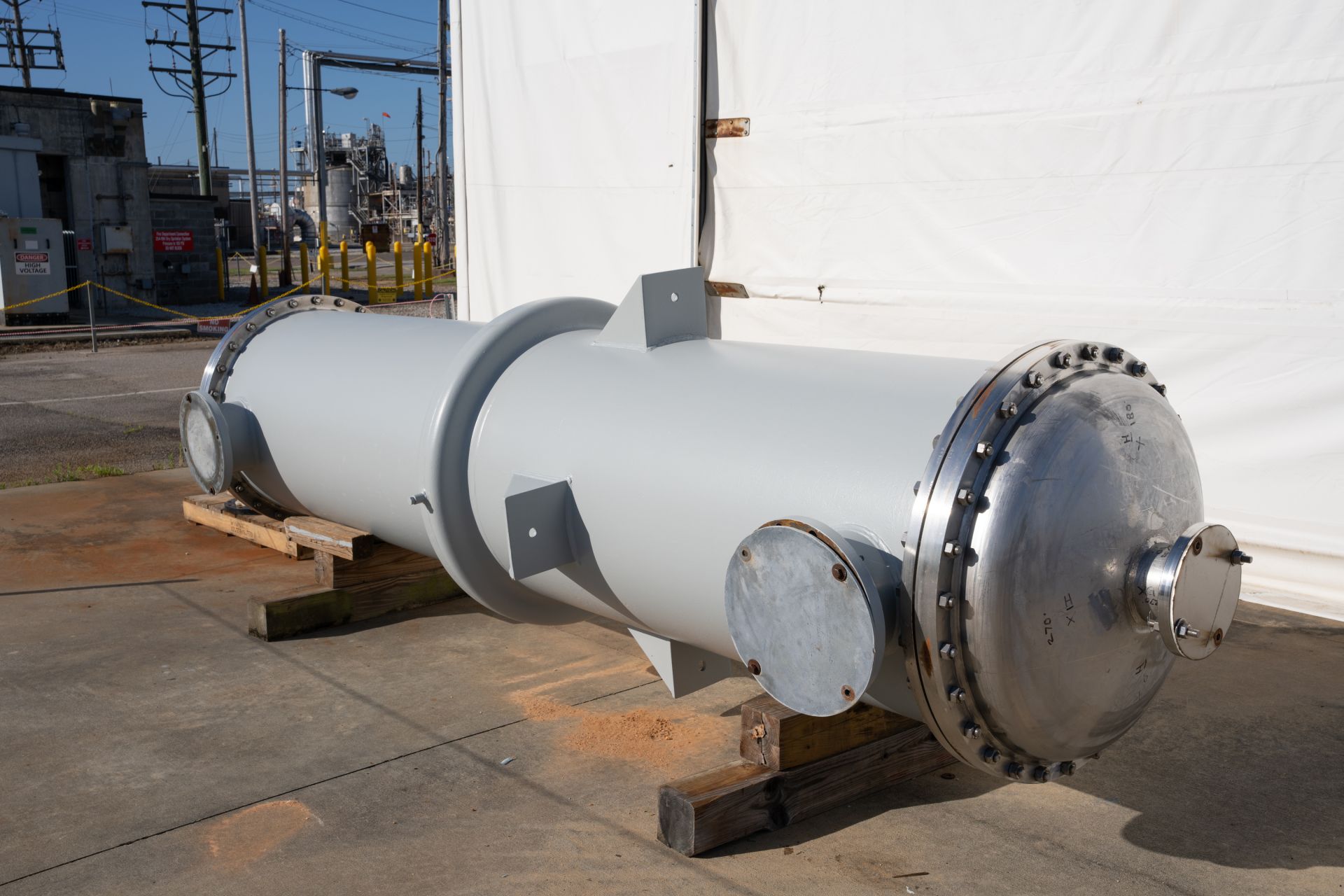
The new condenser for the H Canyon's chemical separations facility. (Photo: DOE)
The work: Replacing the 10,000-pound condenser was no small task, according to the DOE, because the work was done in a contaminated area and required coordination from additional SRNS employees including from rigging, radiological protection, and maintenance, along with procedure writers and others. Overhead piping, cooling water lines, and asbestos-containing gaskets had to be detached to remove the old condenser. The old condenser then had to be lifted out of the GPE system using a 100-ton crane, the largest crane on site, and prepared for disposal.
The new condenser was set in place very slowly and carefully, using the same 100-ton crane, with maintenance mechanics and crane operators guiding it in and working in tandem to ensure the job was performed successfully and safely.
“TThis equipment replacement is a testament to how SRNS employees come together as a team to accomplish even the most difficult tasks,” said Dennis Carr, SRNS president and chief executive officer. “Congratulations to the team for a job well done, and, most importantly, a job accomplished safely.”
Note: According to the DOE, H Canyon is the only operating, production-scale, radiologically shielded chemical separations–capable facility in the United States. H Canyon dissolves spent nuclear fuel and disposes it through the site’s liquid waste program.
SRS is located in South Carolina.


